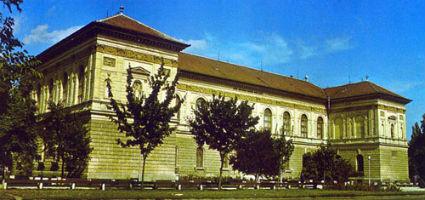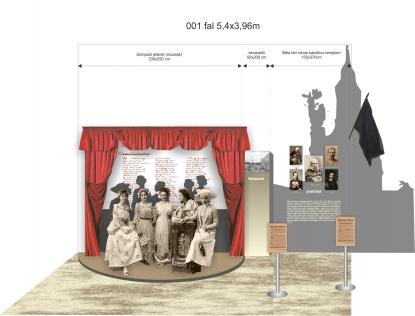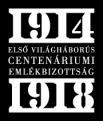 |
Address: 7100, Szekszárd Szent István tér 26.
Phone number: (74) 316-222
E-mail: wmmm@terrasoft.hu
Opening hours: Tue-Sun 10-17
|
|
Ticket for adults
|
600 HUF
|
/ capita
|
|
Ticket for students
|
300 HUF
|
/ capita
|
|
Ticket for pensioners
|
300 HUF
|
/ capita
|
|
Guide
|
4000 HUF
|
|
|
Photography
|
1000 HUF
|
|
|
Video
|
3000 HUF
|
The Wosinsky Mór County Museum is to commemorate the centenary of the outbreak of World War I with a temporary exhibition.
 Our exhibition material is primarily based on the historical new age, folk and fine art collection of the institute. In addition, we put emphasis on addressing more private citizens involving them in the implementation of the exhibition.
Our exhibition material is primarily based on the historical new age, folk and fine art collection of the institute. In addition, we put emphasis on addressing more private citizens involving them in the implementation of the exhibition.
Letters the soldiers sent home from the war play decisive role in the theme we are planning for the exhibition, which also provide a link between the two worlds we want to present simultaneously: the hinterland and the front.
The material focuses on Tolna County and its seat, Szekszárd. The first scene recalls the "happy times of peace" in evoking programmes organized by the Tolna County Women's Association for their 50th anniversary, where artists played the leading role. The presence of Babits and his reciting the poem 'Prologue' highlighted the event, which was accompanied by a visualization of muses, performed by the local public. This seemingly idyllic world was soon crushed by the war. Following the assassination of Franz Ferdinand a black flag was posted on the church in Béla Bela Square in Szekszárd.. In accordance with the mood of the public nationwide, the declaration of war against Serbia was welcomed by the public and demonstrations took place supporting the war in Szekszárd as well.
One of the most important objective of our current exhibition is to show that, after a brief period of enthusiasm, the public became more somber and moody. The documents placed on the showcases follow through this process. At a sound point, the poem 'Before Easter' by Babits is played, which artistically cries out for "the end of it all!".
Besides presenting the general trends it is important for us to make the exhibition more personal. In order to do so, we deal with lives of individuals belonging to different social groups. One of them is István Babits, the brother of the poet who was captured after a short front service by the Russians, and returned to Hungary after many years had gone by. We can also mention the artist Dezső Szabó, or the Zavaros brothers of Kölesd of whom only one survived World War I only to give his life in World War II. But simple sons of the people also played their part in the fights. An interior accompanies the tableau of the Zavaros brothers, their Kölesd family home, which operated as a military hospital from the beginning of the war.
To illustrate life in the hinterland we show another interior, a kitchen in detail. The most common piece of equipment is an embroidered wall cover, with three kneeling children and a text above it. „Three children in Ajak, Prayer gets wing will, Please help God, our precious father to return".
Three units deal with the front. Wee put a trench reconstruction in the middle of the room with, linked to this is a shelter madeof wooden logs in the corner behind it.
We put a large LED TV on the wall by the interior, which is suitable for screening archive footages.
The third wall will have a large map on to show various fronts. There are also two digital picture frames, which allow the presentation of archive photos from our collection.
The last unit shows the end of the war and memories of it. The advertising columns have contemporary posters addressing the soldiers returning from the war as well as the Manifesto of the Hungarian National Council. The showcase next to these has war souvenirs to show.
We recommend our exhibition to all visitors interested in history. However, our priority target group is higher grade primary school pupils and secondary school students. We believe that students will immerse themselves in the extra-curricular education, will gain a great amount of knowledge, and the novelty of museum experience can contribute to the success of patriotic education as well.
A main sponsor of the exhibition: First World War Centenary Memorial Committee

